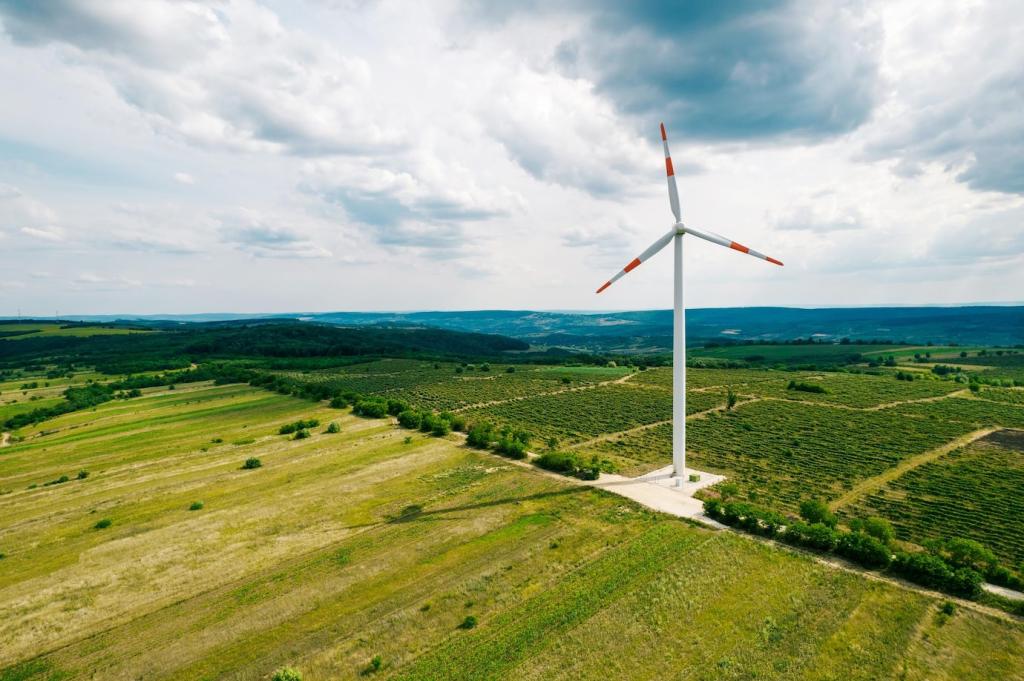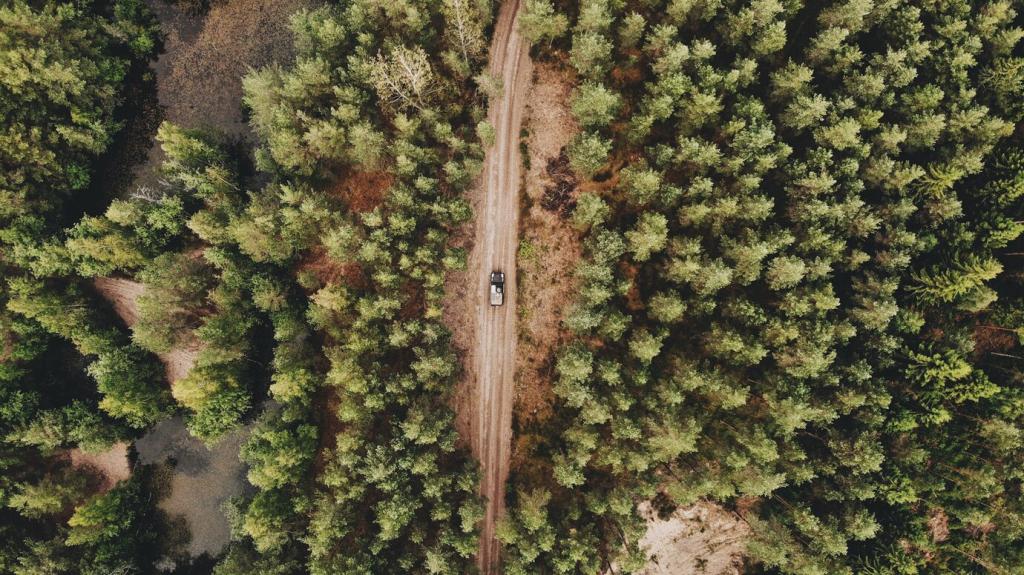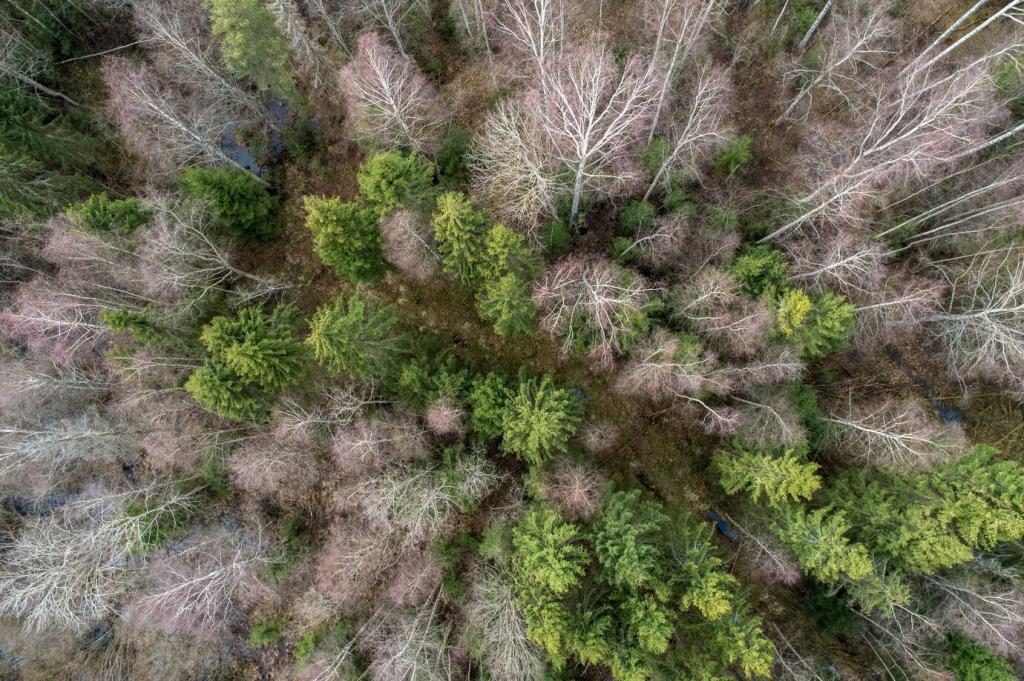Reforestation Efforts Enhanced by Drones: Today’s Chosen Theme
Welcome! We’re diving into how drones are accelerating and improving reforestation—bringing precision, speed, and data to landscapes that need healing. Explore practical workflows, real-world stories, and ways you can engage and subscribe to follow this living, growing movement.

Why Drones Are Rewriting the Reforestation Playbook
A single drone can cover large areas in minutes, mapping and seeding faster than ground crews. After storms or fires, that speed means earlier soil stabilization, quicker shade, and better chances for seedlings to survive seasonal stress.
With GPS accuracy and terrain-aware flight paths, drones drop seed pods exactly where they are most likely to thrive. This targeted approach reduces waste, avoids sensitive zones, and supports diverse plant communities rather than blanket planting.
Drones minimize human exposure to hazards like unstable slopes and post-fire debris. Their efficiency helps stretch limited budgets further, allowing more funds to go toward native seeds, soil amendments, and long-term stewardship.
From Flight Plan to Forest: The Drone Planting Workflow
Mapping and Ecological Assessment
Teams capture high-resolution imagery to map slopes, erosion risks, moisture patterns, and existing vegetation. These layers inform species selection and micro-site placement, ensuring seedlings meet the right soil, sunlight, and protection from prevailing winds.
Seed Pods Designed for Survival
Seeds are encapsulated with nutrients, mycorrhizal inoculants, and natural binders. The pods protect during drop, deter birds, and dissolve after rainfall, giving each seed a nurturing micro-ecosystem during the crucial germination window.
Autonomous Flights, Human Oversight
Pilots set adaptive flight paths with altitude adjustments for terrain variability. Onboard sensors and algorithms regulate drop rates and spacing, while ground teams watch telemetry, weather shifts, and battery health to ensure safe, consistent operations.


Stories from the Field: Recovery After Wildfire
After a severe burn scar, a pilot recalled the first drizzle hitting newly deployed pods and the hillside slowly freckling green. Months later, saplings cast tiny shadows at dawn, a quiet promise that the canopy would return.
Stories from the Field: Recovery After Wildfire
A project partnered with Indigenous stewards to prioritize culturally significant species and respect seasonal cues. Drone routes avoided sacred areas, while seed choices reflected generations of knowledge about soil, pollinators, and water movement.
Germination and Survival Over Seasons
Early counts can be misleading, so teams track multiple seasons, noting drought waves, browsing pressure, and pest signs. Survival curves, not snapshots, guide decisions about supplemental planting and protective measures.
Computer Vision for Canopy Health
Drones revisit sites to collect multispectral data, revealing stress signals invisible to the eye. Algorithms estimate leaf area, vigor, and moisture, flagging emerging problems so managers can intervene before losses compound.
Transparent Reporting Builds Trust
Publishing methods, assumptions, and mixed results invites accountability. When a site underperforms, teams share lessons, adjust seed mixes, and explain changes—because credibility grows when communities see the full picture.
Ethics, Ecology, and Doing It Right
Seed selection must match soil chemistry, elevation, and microclimate. Planting outside historical ranges can backfire, so teams consult local ecologists and phenology calendars before buzzing a single route across the sky.

Start with local regulations and practice in open areas. Understand geofencing, battery care, and emergency procedures. Responsible pilots protect people, wildlife, and habitats while gathering the data that restoration actually needs.

What’s Next for Drone-Boosted Reforestation
Multiple drones can share tasks, mapping and planting in parallel while avoiding overlap. Advances in autonomy and collision avoidance promise faster coverage with careful spacing for species mixes and microhabitat needs.
What’s Next for Drone-Boosted Reforestation
Next-generation pods include biodegradable shells, slow-release nutrients, and microbial partners that help roots establish. By nurturing soil life, these designs boost early vigor without introducing synthetic residues into fragile habitats.

